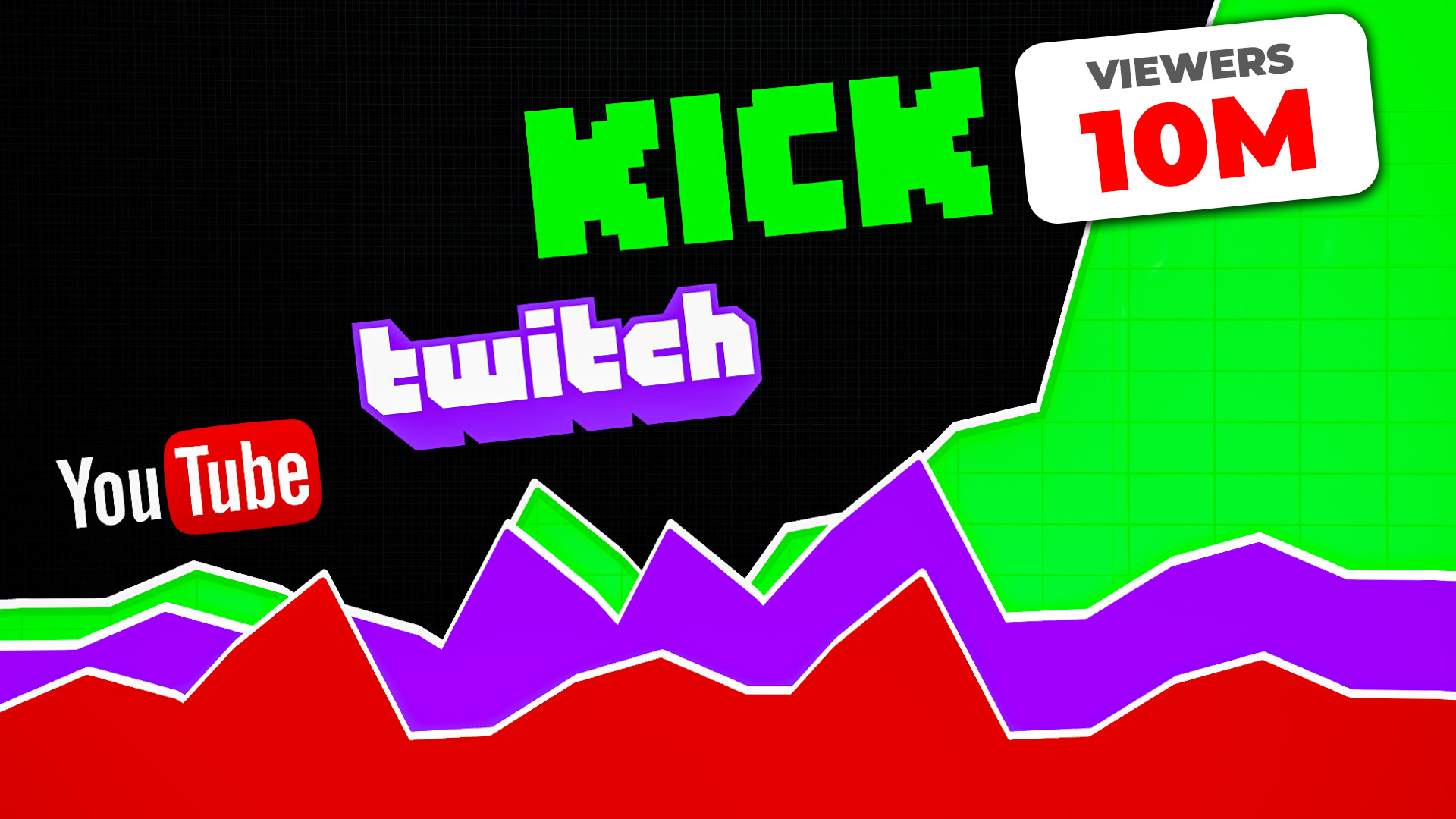
In just seven months, Kick did what seemed impossible, reaching 10 million users faster than YouTube or Twitch. But how did this new live-streaming startup manage to outmaneuver these established giants?
Today we are going to uncover the brilliant solution that Kick used to not just compete but win, and Why did Microsoft and Meta fail?
These are important lessons for any product manager who is working in a highly competitive market going against huge companies with massive following and a lot of money.
We’ll start by understanding the core issues plaguing the live streaming industry, issues that Kick turned into opportunities.
Problem
Live-streaming was dominated by Twitch and YouTube in 2022, while those companies had a good product and great reach, the streamers were not happy at all, and their frustration was growing day by day.
but why?
These sites take a big chunk of the streamer’s earnings—50% on Twitch and 30% on YouTube.
That’s a lot, right?
And on top of that, there were strict rules about what streamers could and couldn’t say. This was mainly because these platforms make money from ads, and obviously, advertisers want to keep things nice and clean to avoid any controversy.

Now, imagine being a streamer and feeling like you’re constantly being watched and restricted.
Not fun.
It got even tougher when Twitch started banning unlicensed gambling sites, which was a big money-maker for many streamers. One of these banned companies was Stake, a huge name in the crypto casino world.
After seeing the dissatisfaction among streamers due to high fees and strict content policies on other platforms, Stake took a bold step by launching Kick. This new platform was not just another competitor; it was an answer to streamers’ frustrations.
What should Kick work on first?
Building a low latency high-quality live streaming service that you can access from all over the world is much more complicated than you might think.
Even if they were magically able to build such a product, how were they going to attract viewers and streamers.
It is the classic chicken or egg problem.

what is their brilliant solution to face all of those challenges ?
Solution
Ed and Bijan , the founders of Kick were seasoned entrepreneurs from the gambling world, they knew entering the live-streaming market was not easy.
So the founders reflected on why Microsoft lost with Mixer and why Meta lost with Facebook gaming, and they discovered a common problem that those companies had.
It is a common problem in the business world, which is they were playing just play.
let me explain.

Have you ever been in a situation where a couple of your friends wanted to go hiking, but you declined at first because you don’t enjoy it.
Then the rest of your friends decided to go, but you started to have a fear of missing out, “what if they had so much fun without me”, so you decided to join them.
To your surprise, it is a 6-hour hike, and you are not prepared and you wish that you have stayed home.

Well this is exactly why those companies failed, they had a fear of missing out, they saw the tremendous growth in the live-streaming market, so they decided to enter the space and play for the sake of playing, without a winning strategy.
You might be surprised at how many companies believe they have a winning strategy when they are just executing a plan.
But the founders of Kick wanted to win, so they devised a winning strategy focused on creator satisfaction and freedom, contrasting sharply with its competitors approaches.
You can reduce their brilliant strategy in 3 questions
Q1 . What is the vision?
you can easily find their vision on their LinkedIn page
Kick aims to give the power and revenues back to the content creators, events and sports rights holders, helping them with the right tools and income split to monetize and grow their audiences.
KICK’s LinkedIn page
Q2. Where will KICK play?
- Focusing on gaming and gambling.
- Focusing mostly on young men from 18 to 28 years old located in North America, Europe, and part of Asia. Countries with high-speed internet and high spending power.
Q3. How to win ?
- Kick let streamers keep 95% of their earnings on the platform. In contrast, Twitch takes 50% and YouTube takes 30%.
- KICK had more relaxed content policy, the CEO of KICK once quoted that they only have 2 rules, no hate speech, and no pornography
- Kick needed to build a platform that delivers video smoothly and quickly to viewers all over the world
“2 rules, no hate speech, and no pornography”
CEO of KICK
The strategy was not set in stone. The founders of KICK kept refining it every time they engaged with the market.
As a product manager when you look at your product, do you have a winning strategy or you are just executing a plan?
Now having a winning strategy is half the battle, implementing it the other half.
Implementing the Solution
Their first challenge is, how to build the product.
At first, they hired a bunch of smart developers and told them to build a live-streaming platform, but they soon realized that it was not an easy task.
Once they started writing down the business requirements, and the edge cases they realized that it would take a lot of time and money to build anything useful
so they had a brilliant idea, which goes into the heart of product management and every product manager faces it at some point, which is this: should we build or buy?
Kick wanted to go to market as fast as possible.
So they decided to go Amazon, Twitch’s parent company and license their live streaming product.
Now you can see why Twitch and Kick appear similar because they share the same underlying code.
After many failed experiments and spending millions of dollars, on October 18, 2022, KICK finally launched their product.
Kick’s next hurdle was attracting a critical mass of users—a common problem for any new startup in the tech space, reminiscent of the early struggles of Airbnb and Uber.
How would Kick, with its innovative model, draw both viewers and top streamers to its site?
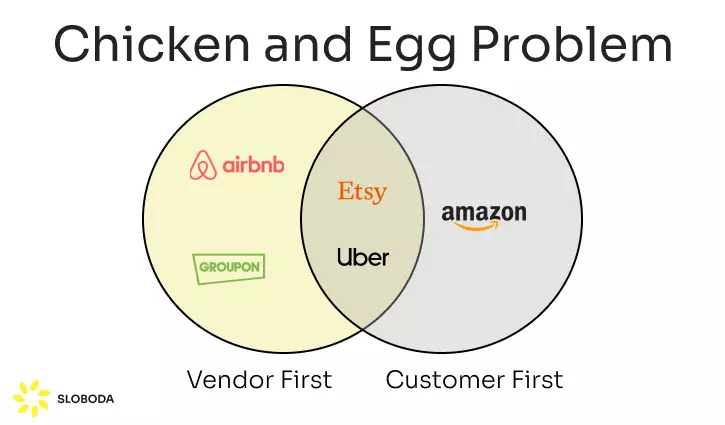
Kick initially spent money on ads but it did not work, viewers joined the platform but there was nothing to watch so they would leave and never join again.
Then KICK tried something different, they approached Trainwreckstv who had around 2 million subscribers on Twitch at the time and was known for his gambling streams, he was frustrated by the ban of most of the gambling websites, so Kick jumped in made him a founding member, and gave him a lot of equity.

it was a successful experiment because Tranwrekstv brought a lot of viewers with him.
Kick figured out how to grow, so they adjusted their strategy. They needed to attract more high-profile streamers that are not happy with Twitch which was not that hard because they were getting banned left and right.
Then the popular streamer Adin Ross was caught in the culture war and said something that did not adhere to the strict community guidelines,.
He was temporarily banned on Twitch, this news generated a lot of hype, so Kick capitalized on it, brought him to their platform for a large amount of money and gave him equity.
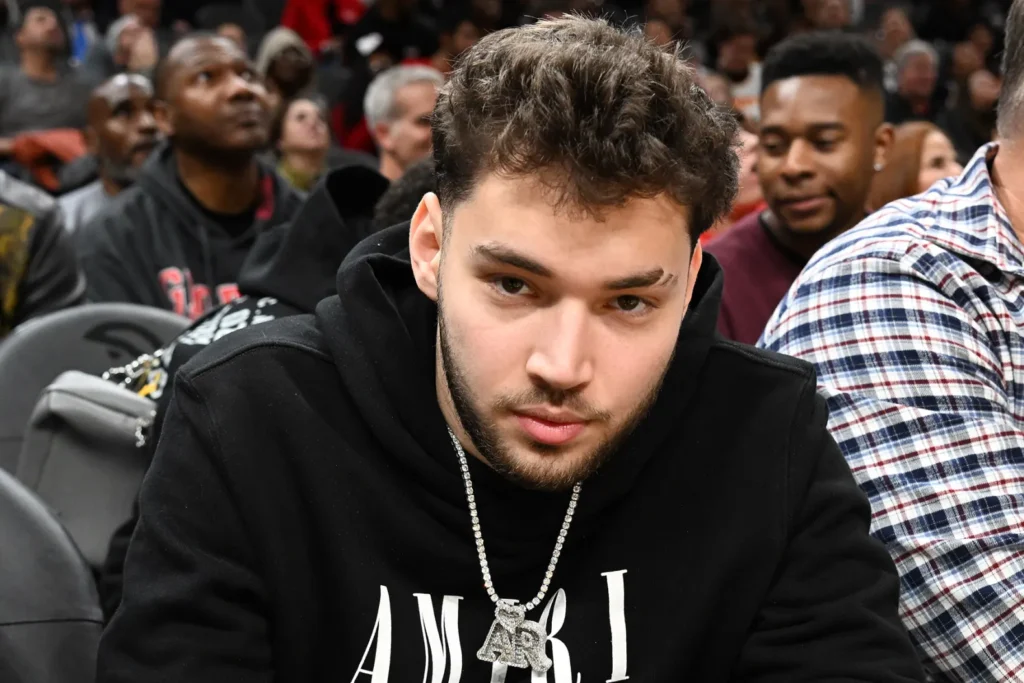
But the most jaw-dropping deal was when Kick brought XQC to the platform, who is one of the biggest streamers in the world, they paid him a 100 million dollar deal over 2 years.
Guys this is more than the legendary Lebron James got for his 2-year contract.
When the deal was revealed it caused a huge surge in traffic which temporarily broke KICK, which is a great problem to have.

This made live streaming more mainstream and suddenly streamers were being looked at like professional athletes.
Bringing all of these creators on KICK created a domino effect, the rest of the streamers looked at KICK as a better opportunity.
Streamers were bringing more viewers and more viewers were bringing more streamers, which created momentum.
If you want more strategies on how to start and scale any online marketplace, and how to solve the chicken or egg problem on those marketplaces, check out this great book by Andrew Chen.
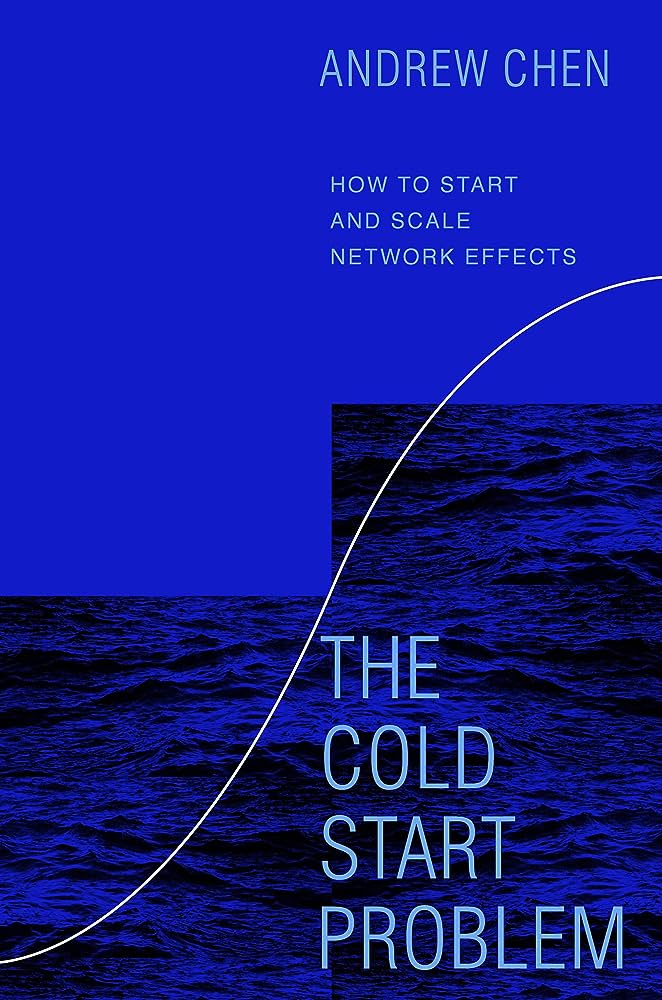
so Kick got the product, got high profile streamers, attracted viewers, but what is the result ? how are they are doing now ?
As a product manager, if you can’t measure your impact, you have none.
Result
Now according to the analytics website Similarweb, the total number of visits on Kick this March is 158 million, while Twitch received 1 billion, but in tech, we don’t just look at the number of visits, we look at growth, Kick is growing over 16% from last month, while Twitch is down 3% from last month.
Kick only started less than 2 years ago, so it is still baby comparing to the other platform out there.
But they were able to reach 10 million users in just 7 months, which is unheard of in the live streaming platforms.
While everyone is focusing on growth there is another gigantic issue that all platforms are facing, which is generating money.
Live streaming is not cheap, you can go this Amazon webiste to play around and see how much a day of streaming costs.
If you are streaming high-quality video for 8 hours and you have an average of 5000 viewers which is not a lot for those high-profile streamers, it is around 2700 DOLLARS per day, then you have to add more money to support chat.

Twitch the leading live-streaming platform that has been operated for over 12 years and backed by the tech giant Amazon, is still not profitable.
Twitch even cut 35% of its staff earlier this year, around 500 employees, by the way, this is more the entire Kick company.
Kick has an additional problem, they did not build their product, they licensed it from Amazon, so they are technically paying money to their main competitor which is an added expense
In an interview with Forbes, Kick’s CEO said “just like any startup, just like anyone trying to enter an extremely competitive industry, we understand that there is a cost you have to pay to enter”
Kick is looking at ads to generate money in the future, but it is not that easy.
Why? let me tell you.
Imagine you are watching a basketball game with 30 seconds left on the clock and Lebron James makes the final shot then an ad pops up that makes you miss the winning shot.
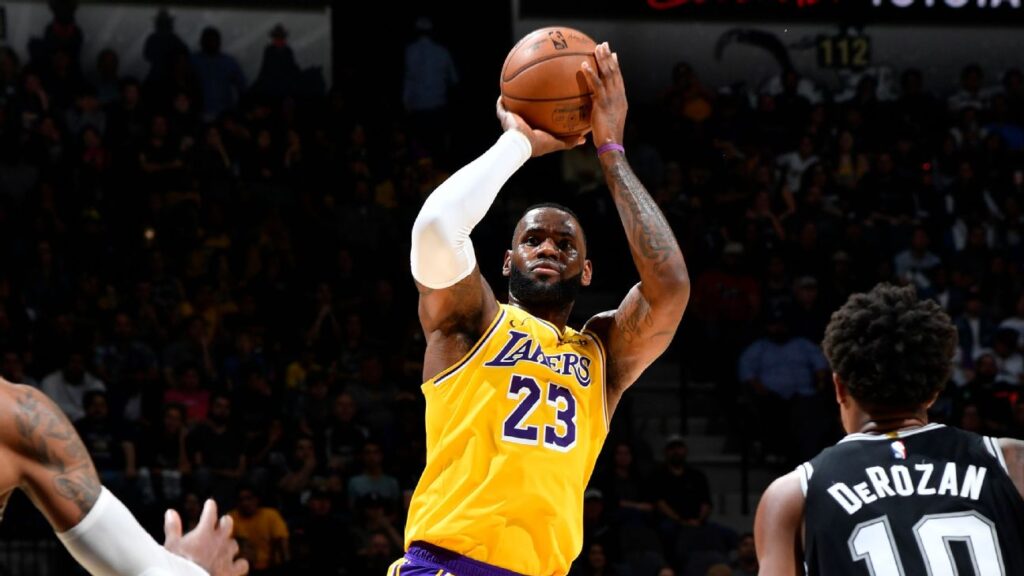
How would you feel ?
you would be FURIOUS, and will not watch anything on the platfrom again, well this what is happening in live streaming ads, sometime ads popup in the worst time possible, runining the viewing expereince.
What is the solution?
Football and other sporting events have solved this a long time ago, ads are strategically placed in a way where they don’t disrupt the viewers.
Ads are placed before the game, during the breaks, and after the game, but that is not all, ads are sneakily placed where you are not aware of them, every time there are natural pauses in the game, the commentator mentions the sponsors, after replays, players substitution, after scoring goals, injuries, and timeout.
I am sure that AI will help the live-streaming platforms inject ads in a way that doesn’t disrupt the viewing experience
But what do you think about Kick’s explosive growth? and what did you learn from Kick that you can implement in your product?
Thank you for suggesting Kick for this article, and I am open to more suggestions
I mentioned briefly the importance of creating a winning strategy to win in the market, check out this video if you want a step-by-step process and a free downloadable template on how to create a strategy to dominate in the market.



